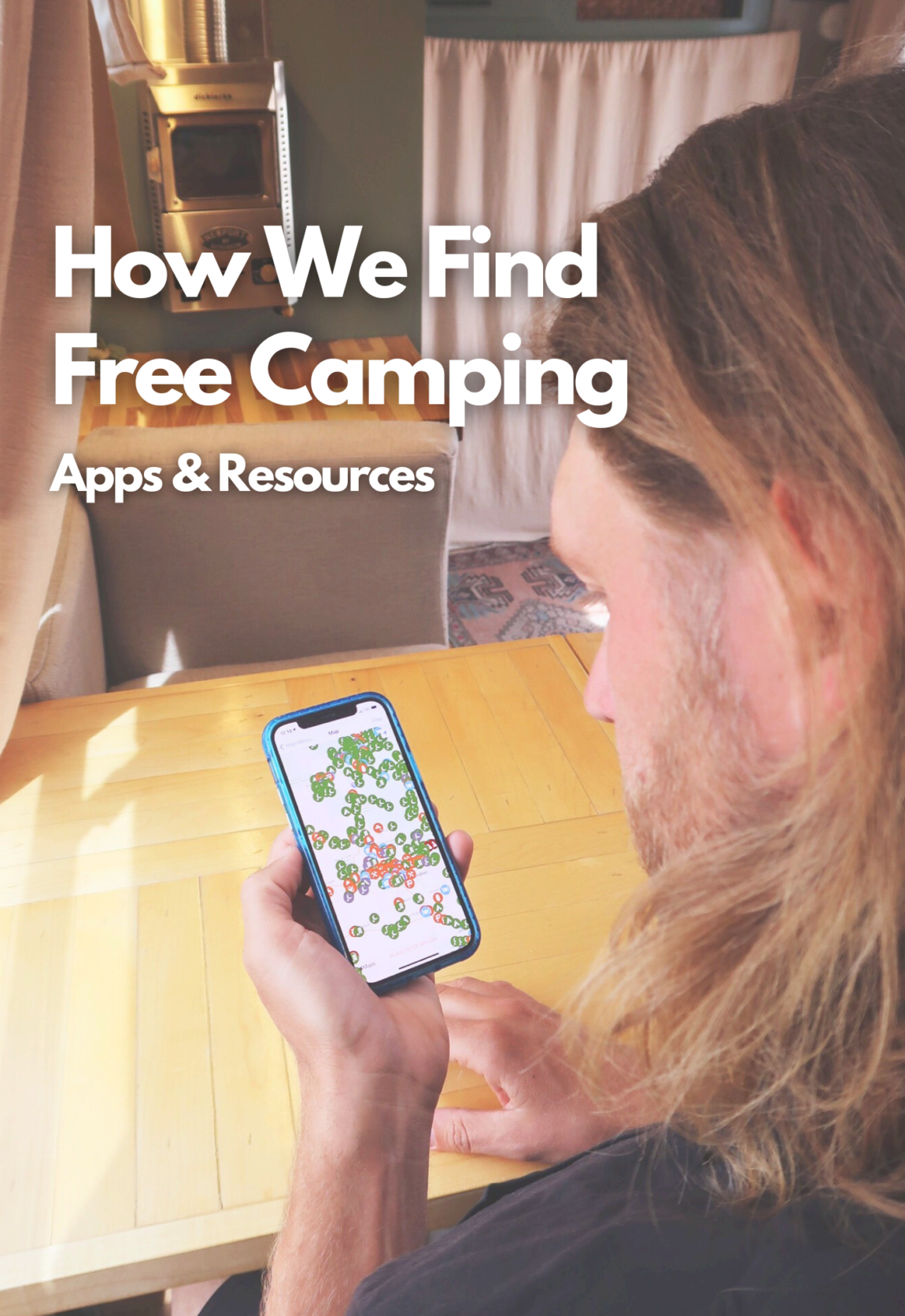
How We Find Free Camping
It’s no secret that we prefer camping in the backcountry on public lands. But how do we find free camping?
When we first jumped into van life in 2016 we had no idea what digital and physical tools were at our disposal to make our lives on the road easier. We barely even knew what BLM land, public lands, or free camping was. Did you know that 47% of all the land in the Southwest is public lands? Both Drew and I grew up on the east coast where is all about private land and paid campgrounds. However once discovered free camping, it very quickly transformed the way we live and exist in our bus.
We’d be willing to bet that it’s easier than you think. There’s more resources at your disposal than most people realize that are very easy to use. A few years back we started relying on a few well performing apps and simple resources that help us reliably find free camping.
Why Choose to find Free camping?
Saving Money
Not only are there some ridiculously beautiful backcountry gems at your disposal, but finding free camping will help you save A LOT of money in the long run. To this day we almost never pay for camping with our shuttle bus and that allows us to keep our budget in check. Who doesn’t love free??
Finding Rare Beauty
The beauty of our public lands is undeniable. When searching for free camping on public lands you can often come across unique landscapes. We often see sights we’ve never seen before and get to stay the night there! We love discovering free camping with vistas, creeks, interesting rock formations, canyons and lakes for extra bonus points. You won’t get views like that at the local campground!
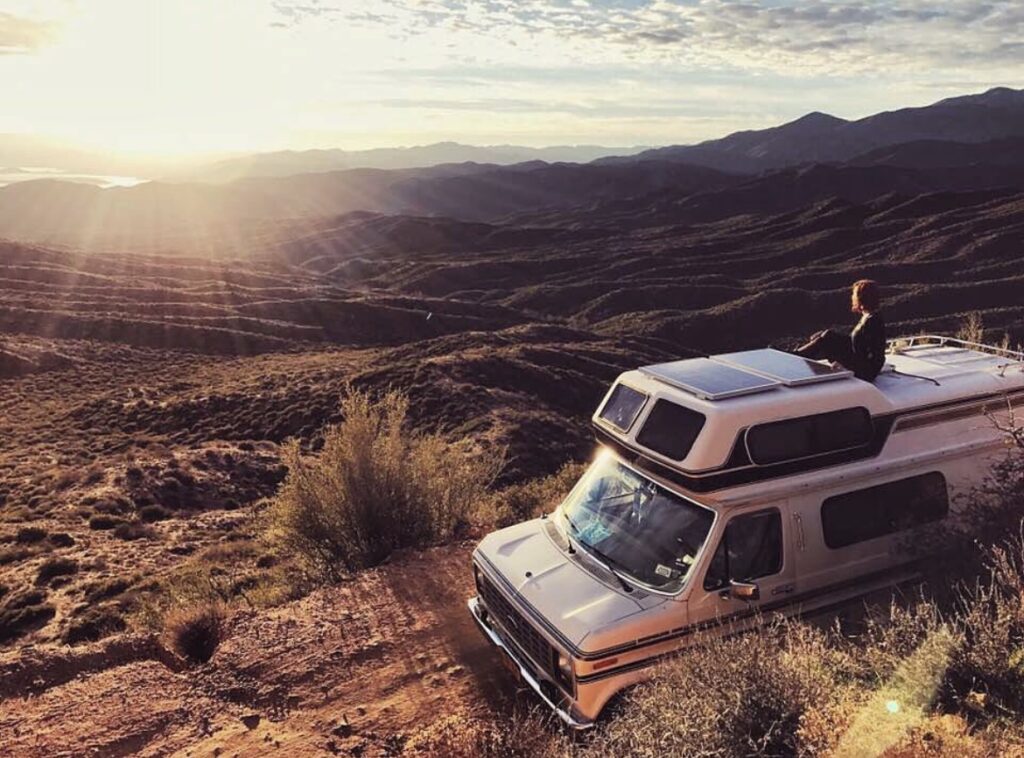
Solitude
When exploring your public lands for free camping, you’ll often find camp spots where you’re all alone. If seclusion, peace, and quiet is what you’re looking for, you’ve found it! It’s quite common for us to not have neighbors at our free camp spots and to not even be able to see another camper on the horizon. We enjoy this dynamic as an escape from the hustle and bustle of city life.
OUr Favorite Apps to Find Free Camping

iOverlander
iOverlander is by far our most used app. Whenever we’re in a new place or just wanting to switch up our sleep spots, we check this app.
The great thing about iOverlander is that it is user-based, meaning the people who use the app are continually updating it. If you find a great new spot and want to share it with others, you can add it to the iOverlander map. Other app users will then be able to see it.
One of the reasons why iOverlander is our go-to app for free camping is because it has very thorough information about each campsite. Details for each camp spot include water access, wifi, pet safety, and condition of dirt roads just to name a few. In our experience, no other user based app is this detailed. This is partially because iOverlander is becoming so popular and the more people using the app means the more information can be updated and shared.
Within the iOverlander app, you can filter out different types of campsites you want to find. We use Wild Camping and Informal Campsites the most, but it’s also been helpful with finding propane and water fill spots. Local vets and favorite restaurants are even tagged!
In our opinion this is one of the simplest and most comprehensive apps out there for van or bus travel.
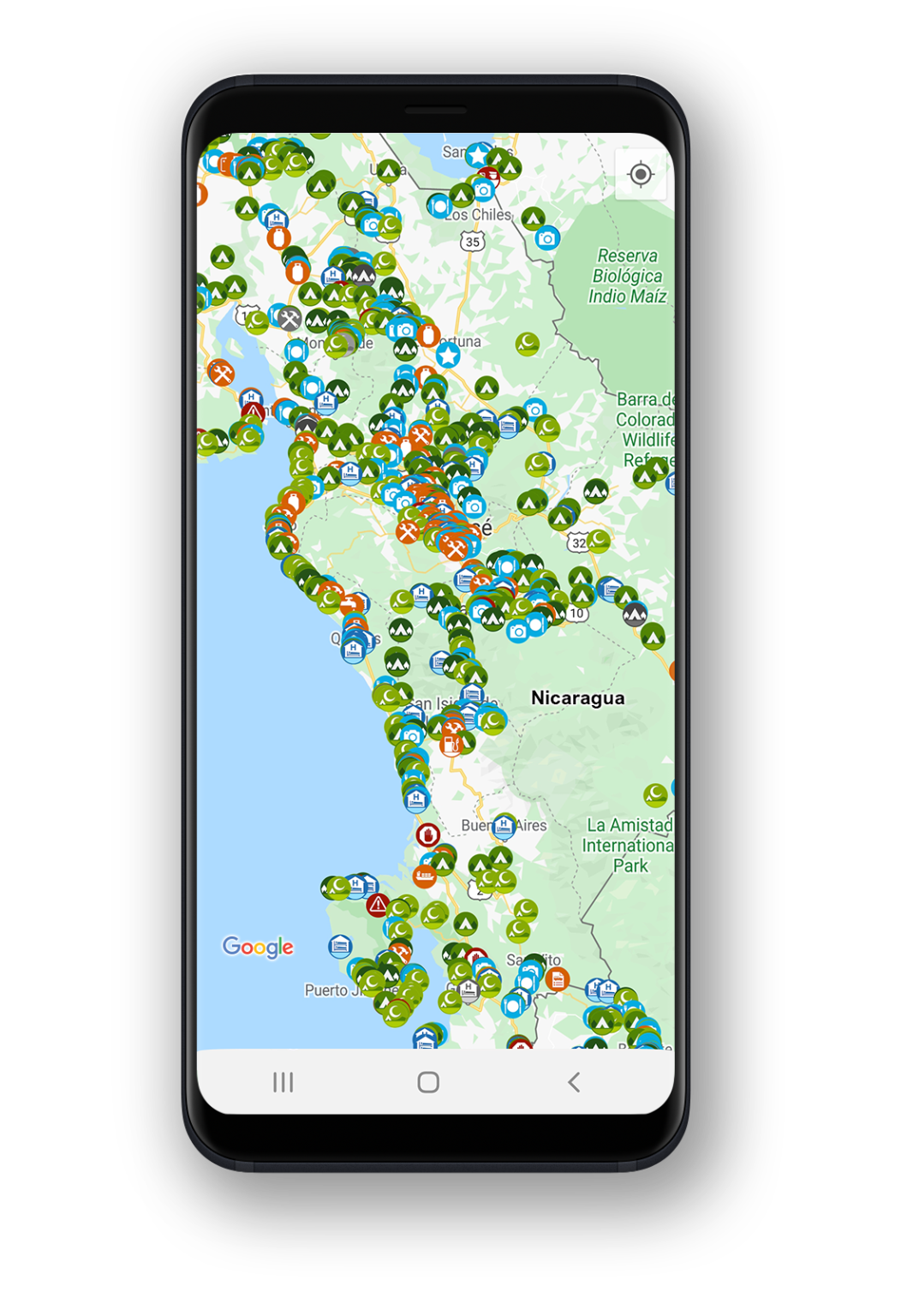

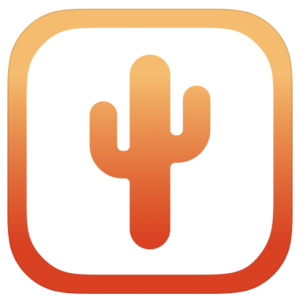
FreeRoam
FreeRoam is an app that we use a lot because of it’s map overlay features. You can choose a satellite view of where ever you’re going and then overlay other maps such as BLM land, USFS Land, topo maps, and even active fire areas.
One of the best ways to use FreeRoam is to zoom around an area on the map to explore BLM land and camp spots not marked on other apps .
You can also overlay coverage maps of all the major US cell phone carriers to see if a spot you’re going to is out of service. Although these coverage maps are a good starting point, we haven’t found the cell phone maps to be the most accurate.
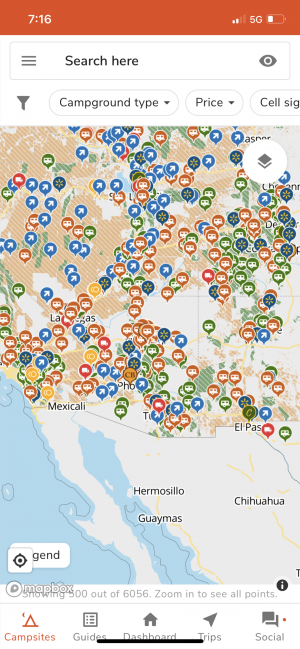
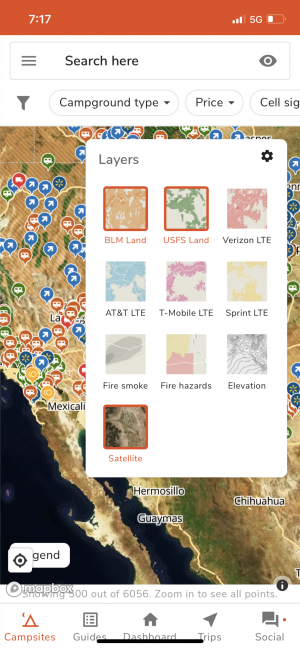

Campendium
Campendium is an app that we’ve found is best for finding campgrounds.
We almost never stay in campgrounds but for the few times that we have, this app has been the quickest and most efficient way to find them.
Like most of the other apps mentioned here, you can filter by type of camping that you want to find. We’ve found it helpful in discovering places to boondock overnight in cities.

Gaia gps
Gaia is the most thorough app on our list. It has endless resources and maps within its database. The map gets updates regularly with National Geographic trail map updates.
This app is the gold standard for outdoor professionals and backcountry enthusiasts for a reason.
Gaia will show you upcoming weather reports, track your route, and help plan a route with technical data. The data bar at the top of the app is one of the most helpful tools we’ve found for minute to minute data updates. You can check your current elevation, sunrise/sunset times, how fast you’re moving and more.
The topographic and satellite maps are great for finding camp spots not marked on other travel apps. We use Gaia a lot like we use Google Maps, outlined below.
Gaia does have a $39.99 USD yearly fee to unlock most of the useful features. If you’re planning on off-roading or doing any 4×4 backcountry camping, Gaia is a great tool to have at your disposal.
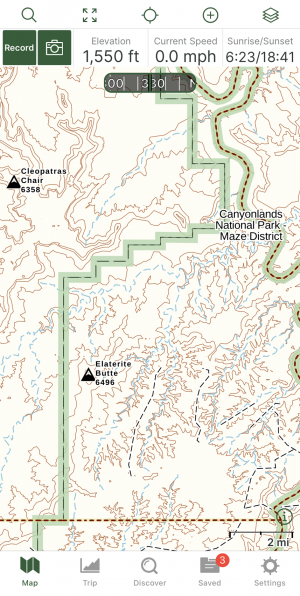

google maps
Google Maps might be the least user friendly app for finding wild camping. That’s because it’s people are using it for many things other than free camping.
However we have found our best camp spots by scrolling around in satellite mode looking for fire rings.
Once we found a fire ring, we cross check the area with a physical map or one of the other apps (such as FreeRoam) to make sure it is legal to camp there.
Even though Google Maps involves the most leg work, it definitely pays off. In our experience, the camping marked on iOverlander and similar apps is often very crowded. That’s because it’s easy to use and almost all travelers and buslifers use those apps. The camping you will find through the Google Maps method will usually be less busy and sometimes even more beautiful!
We find many of our favorite camp spots all the around the country this way. And we often have the place to ourselves when we get there.
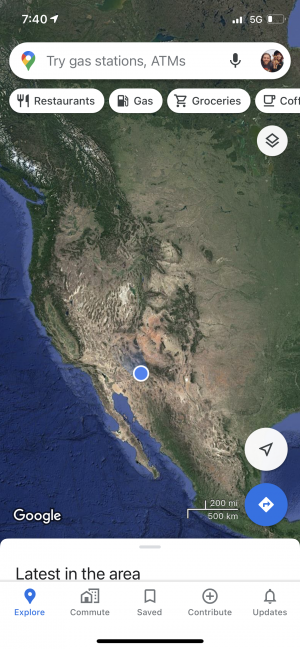
Physical maps
The time tested way of finding great camping.
As we mentioned above, the apps we’ve listed in this article are pretty popular within the traveling community. This means that spots are often overrun with campers. It can sometimes be difficult to find solitude, even in the wilderness.
Our best camp spots over the years have been found with a good old fashioned map. We have quite the collection of pocket and state maps in our bus. We use them frequently to explore new areas.
Finding camping on a map can be time consuming and frustrating. Especially when you choose to explore an area and realize it’s not suitable for camping. Sometimes that leads to long hours of searching for campsites in real time.
That’s why when I’m doing my research I always like to choose a few different spots. Especially if we don’t know the area well. Then if a spot doesn’t work out, you’re not left scrambling to find a new one.
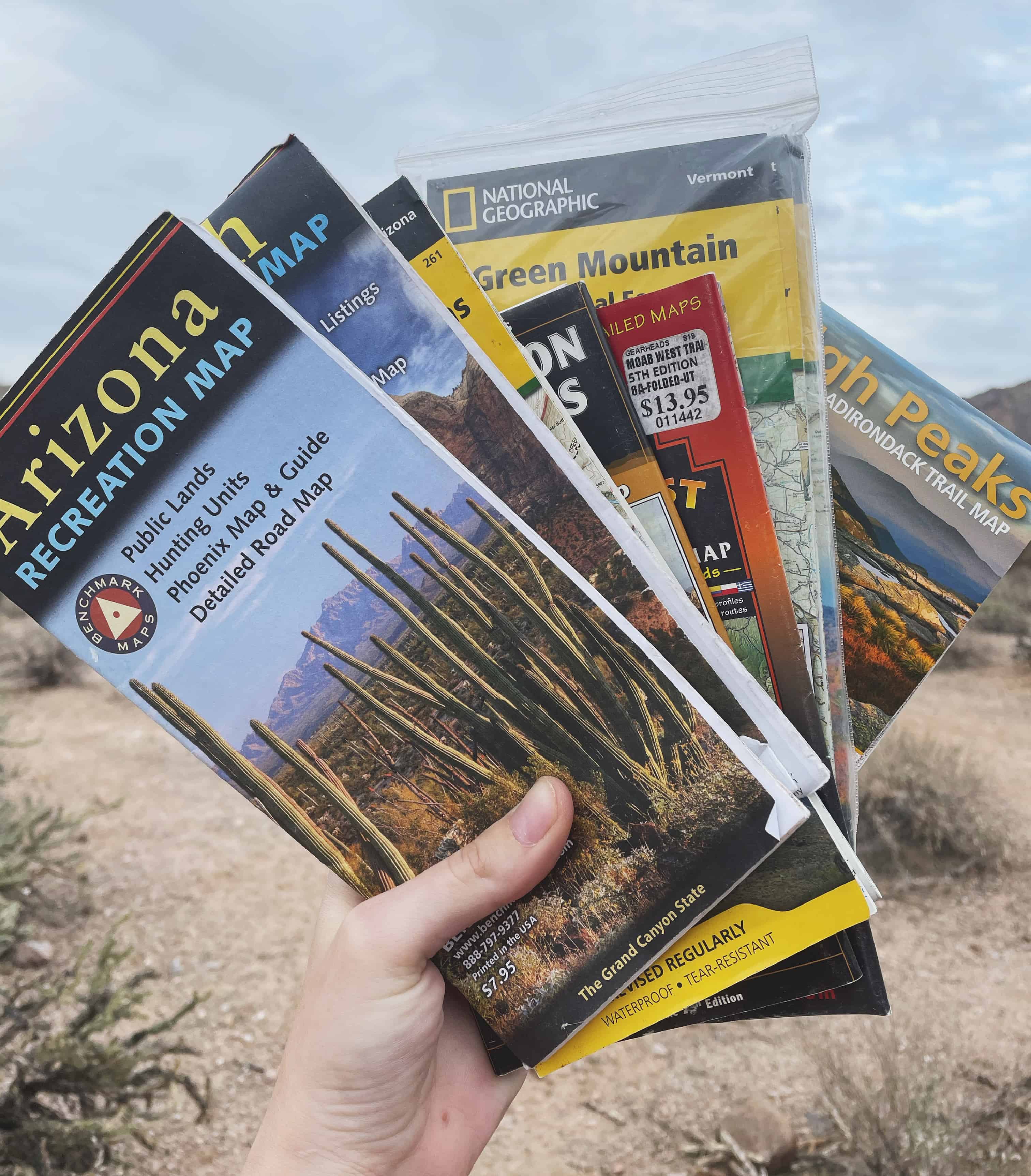
In general, it’s always a good idea to keep a physical map with you in your rig or in your backpack when you’re exploring. Cell phone service can be spotty in many wilderness and BLM areas and you don’t want to get lost because you lost your cell signal or your phone died.
I hope that you find these apps and resources as helpful as we have. Please also remember to go over our 8 safety tips to help you stay safe on the road and while visiting these free camp spots. We have a lot of years of using and testing the capability of these apps so we can recommend them to you.
Happy exploring!
This post contains affiliate links in which we receive a percentage of any purchase made.
